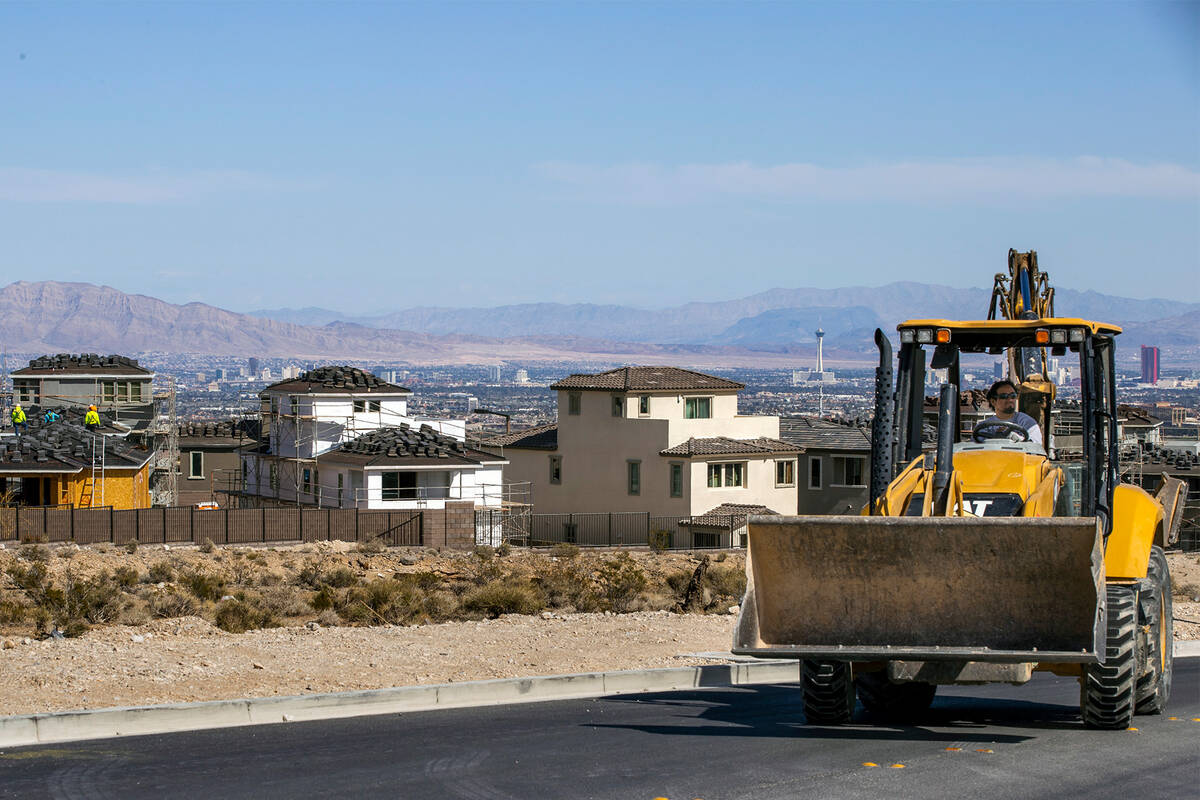Business
Federal Control Shapes Land Use in Nevada’s Future

The federal government has maintained control over approximately 85 percent of land in Nevada, a situation rooted in the state’s admission to the Union in 1864. This historical context is essential in understanding the ongoing challenges related to land management and development in the state, particularly in the rapidly growing Las Vegas Valley. Mike Ford, a former employee of the Bureau of Land Management (BLM) and current public land consultant, highlighted the origins of this situation, which began when Nevada focused on acquiring land primarily in the northern part of the state due to its potential for natural resource extraction and agriculture.
When Nevada became a state in October 1864, priorities were markedly different. Ford explained that stakeholders at the time were not aware of the future significance of Southern Nevada. “Back then, no one had any idea whatsoever that Las Vegas would be anything at all,” he noted. This lack of foresight laid the groundwork for Nevada to have the highest percentage of federally controlled land in the United States.
The state’s land situation is particularly pronounced in Clark County, where the federal government controls roughly 90 percent of the land. This contrasts sharply with other states, such as Utah, where approximately 64 percent of land is federally controlled. In most states, local governments manage nearly all land, especially within major metropolitan areas, aside from designated parkland.
As home prices in the Las Vegas Valley reached record highs at the start of 2025, local homebuilders expressed frustration over the federal government’s role in limiting land availability. Ford noted that the current land management issues trace back to the 1800s, when Nevada made a deal with Congress to prioritize land acquisition in Northern Nevada, where the population and economic activity were concentrated. In exchange for 4 million acres of federal land, Nevada was allowed to select 2 million acres within the state, primarily in less populated areas.
The implications of this historical arrangement were evident as the state struggled to manage its growth. Despite passing the Southern Nevada Public Land Management Act in 1998 to facilitate the sale of public land around Las Vegas, progress has been slow. Ford, who was working for the BLM at the time, pointed out that after 27 years, over 29,000 acres remain under BLM management within the identified disposal area.
Local real estate professionals have noticed significant constraints in the market, with Matthew Hoyt, President of NAIOP Southern Nevada, indicating that the BLM’s reluctance to release land has exacerbated the situation. “The BLM has been slow to release it for a while,” he stated. Over the last 26 years, auction prices for BLM land have averaged around $240,000 per acre, adding to the financial challenges faced by developers.
Obtaining rights-of-way for utilities on federal land can also complicate development projects, often extending the timeline by several years. Hoyt suggested that local governments should take a more active role in managing federal lands within the Las Vegas Valley’s disposal boundary, arguing that an act of Congress might be necessary to facilitate the transfer of land to local jurisdictions.
Despite attempts by both Democratic and Republican lawmakers to pass legislation aimed at enhancing land availability, significant progress has yet to be made. Hoyt emphasized the need for local officials to have greater control over land planning decisions rather than relying on the BLM. “Our local officials are the ones who should be planning this; the BLM doesn’t plan and build communities,” he asserted.
As the Las Vegas Valley continues to grow, the interplay between federal land control and local development needs will likely remain a critical issue. The challenges faced by Nevada highlight the complexities of land management in a state where federal ownership shapes economic opportunities and urban development.
-

 Science2 weeks ago
Science2 weeks agoIROS 2025 to Showcase Cutting-Edge Robotics Innovations in China
-

 Politics2 weeks ago
Politics2 weeks agoJudge Considers Dismissal of Chelsea Housing Case Citing AI Flaws
-

 World2 weeks ago
World2 weeks agoBravo Company Veterans Honored with Bronze Medals After 56 Years
-

 Lifestyle2 weeks ago
Lifestyle2 weeks agoStone Island’s Logo Worn by Extremists Sparks Brand Dilemma
-

 Top Stories2 weeks ago
Top Stories2 weeks agoIndonesia Suspends 27,000 Bank Accounts in Online Gambling Crackdown
-

 Health2 weeks ago
Health2 weeks agoStartup Liberate Bio Secures $31 Million for Next-Gen Therapies
-

 Sports2 weeks ago
Sports2 weeks agoMel Kiper Jr. Reveals Top 25 Prospects for 2026 NFL Draft
-

 Health2 weeks ago
Health2 weeks agoTop Hyaluronic Acid Serums for Radiant Skin in 2025
-

 World2 weeks ago
World2 weeks agoHoneywell Predicts Record Demand for Business Jets Over Next Decade
-

 Sports2 weeks ago
Sports2 weeks agoYamamoto’s Mastery Leads Dodgers to 5-1 Victory in NLCS Game 2
-

 Politics2 weeks ago
Politics2 weeks agoNew Jersey Voters Urged to Register Ahead of November Election
-

 Lifestyle2 weeks ago
Lifestyle2 weeks agoMary Morgan Jackson Crowned Little Miss National Peanut Festival 2025









